Rising Crime Rates
The increasing incidence of crime in various regions appears to be a primary driver for the Home Security Systems Market. As communities experience higher rates of burglary, vandalism, and other criminal activities, homeowners are increasingly motivated to invest in security solutions. According to recent statistics, property crime rates have shown a notable uptick, prompting individuals to seek advanced security measures. This trend indicates a growing awareness of personal safety and the need for protective measures, thereby fueling demand for home security systems. The market is likely to expand as consumers prioritize safeguarding their homes and families, leading to a surge in the adoption of innovative security technologies.
Technological Advancements
The rapid evolution of technology significantly influences the Home Security Systems Market. Innovations such as smart home integration, artificial intelligence, and IoT devices are transforming traditional security systems into sophisticated solutions. For instance, the incorporation of smart cameras and motion sensors allows homeowners to monitor their properties remotely, enhancing security and convenience. Market data suggests that the adoption of smart security systems is on the rise, with projections indicating a substantial increase in market share over the next few years. This technological shift not only improves the effectiveness of security measures but also appeals to tech-savvy consumers, driving further growth in the industry.
Increased Awareness of Home Security
There is a growing awareness among consumers regarding the importance of home security, which serves as a significant driver for the Home Security Systems Market. Educational campaigns and media coverage about crime prevention have heightened public consciousness about the need for effective security solutions. As a result, more homeowners are actively seeking information about available security options, leading to increased sales of home security systems. Market Research Future indicates that this heightened awareness correlates with a rise in system installations, as individuals recognize the value of investing in their safety. This trend is likely to continue, further propelling the market forward.
Government Initiatives and Regulations
Government initiatives aimed at enhancing public safety are likely to impact the Home Security Systems Market positively. Various governments are implementing policies and programs that encourage the adoption of security systems in residential areas. These initiatives may include tax incentives, grants, or subsidies for homeowners who invest in security technologies. Additionally, regulations mandating certain security features in new constructions could further stimulate market growth. As these policies take effect, they may lead to increased installations of home security systems, thereby expanding the market and promoting a culture of safety within communities.
Growing Demand for Remote Monitoring Solutions
The demand for remote monitoring solutions is rapidly increasing, serving as a crucial driver for the Home Security Systems Market. Homeowners are increasingly seeking systems that allow them to monitor their properties in real-time through mobile applications and web interfaces. This trend is fueled by the desire for convenience and peace of mind, as individuals can check on their homes from anywhere. Market analysis indicates that the segment of remote monitoring solutions is expected to witness significant growth, as more consumers prioritize systems that offer real-time alerts and video feeds. This shift towards remote capabilities is likely to shape the future landscape of the home security market.
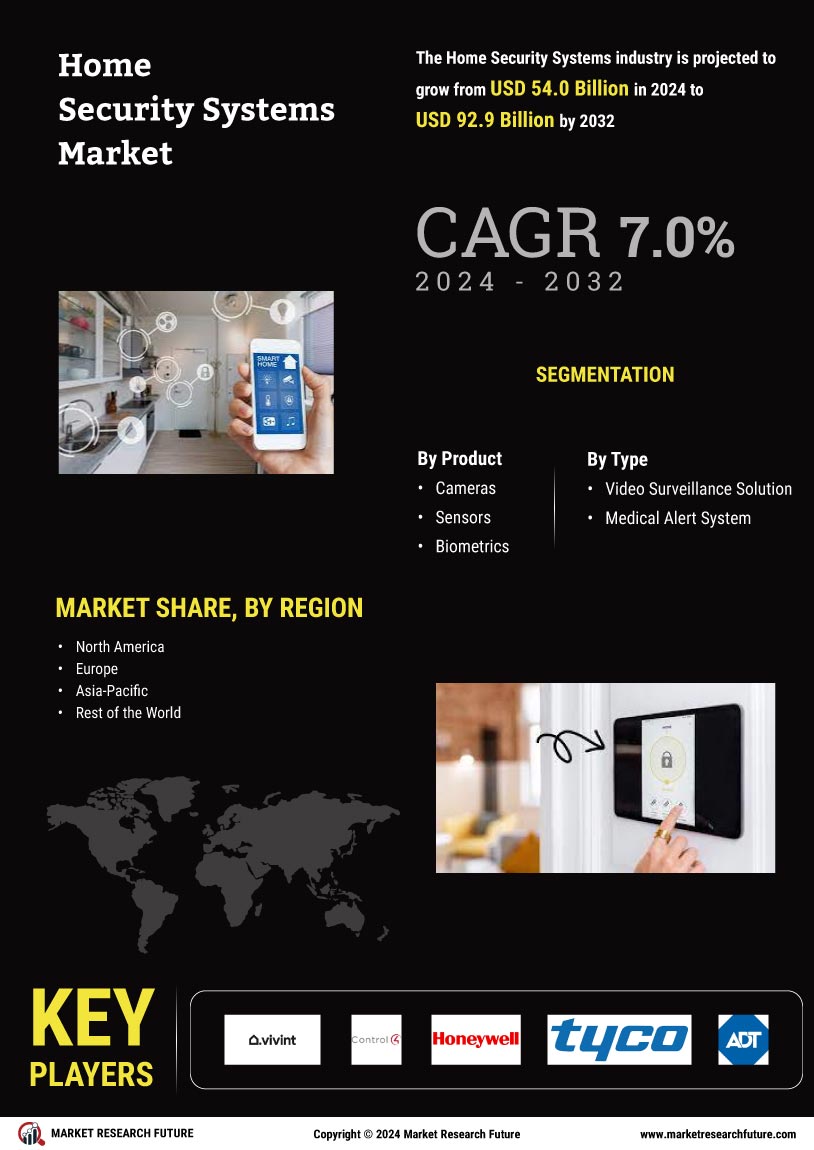
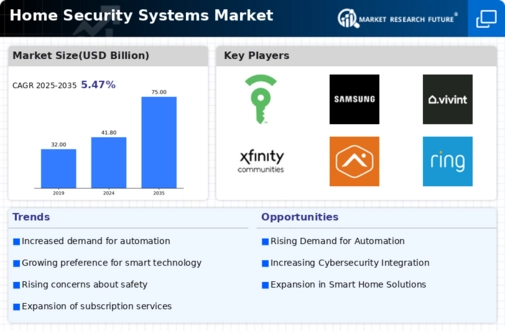
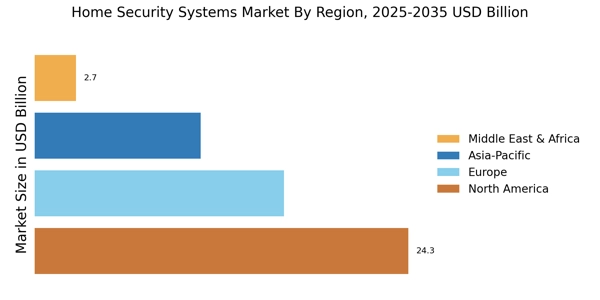
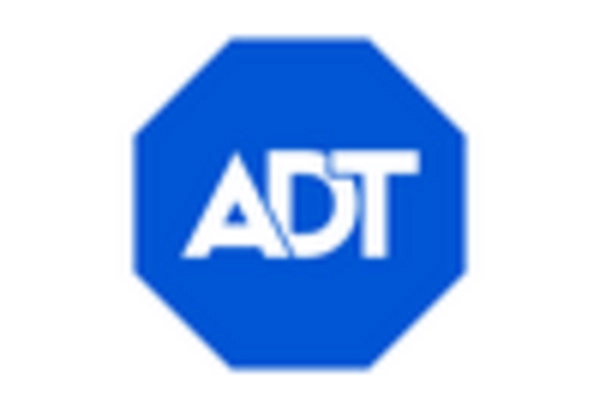
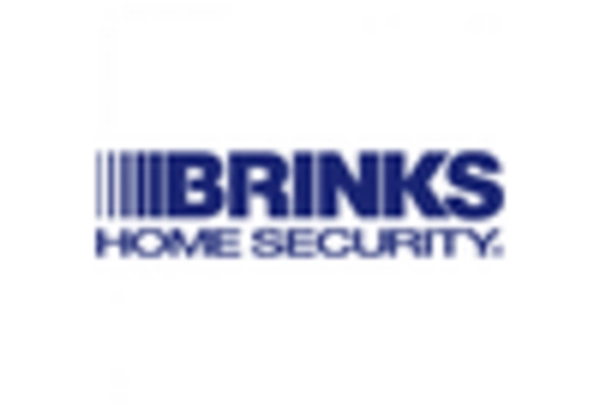
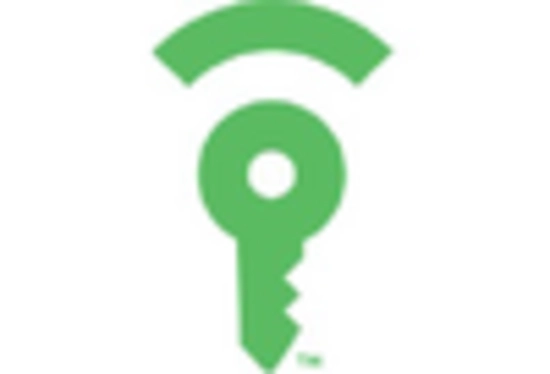
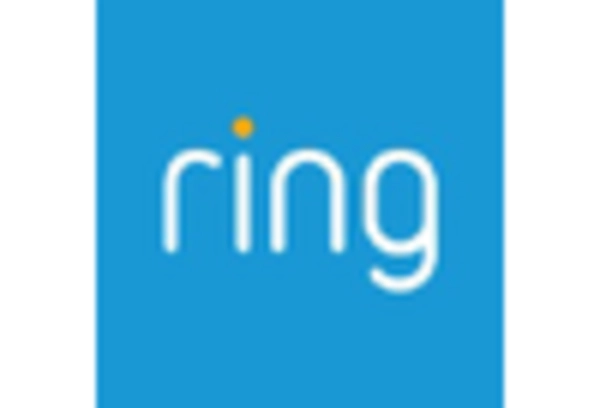

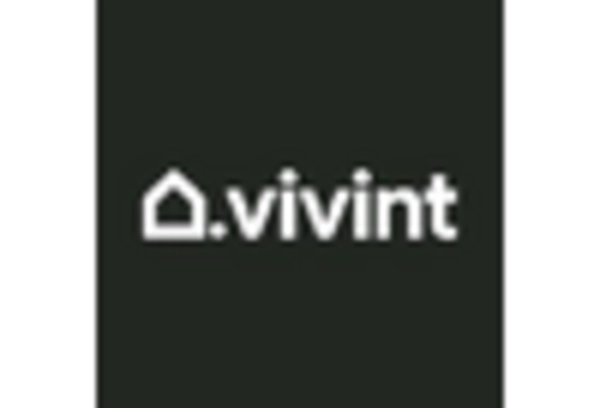








Leave a Comment